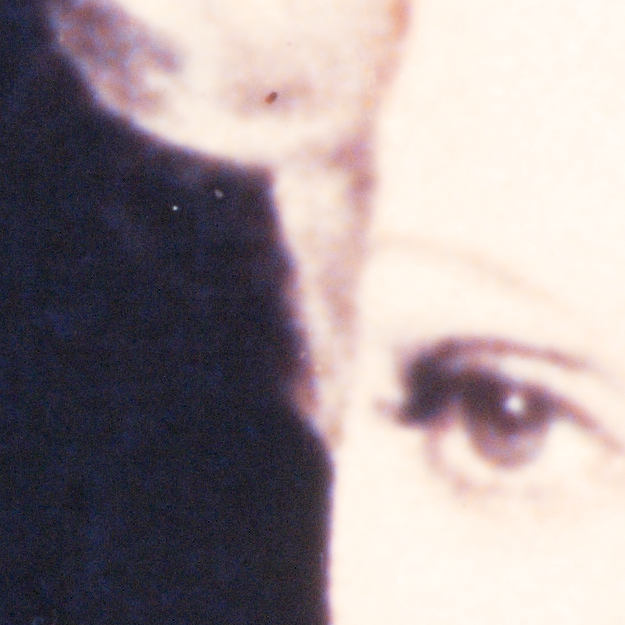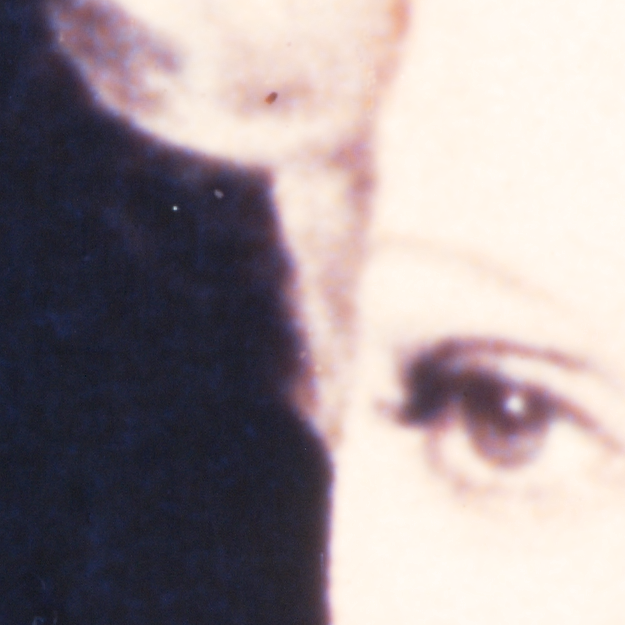Subtracting digital noise in preservation film scans without degrading image data
Rethinking how to implement strategies to improve film scan digitizations image’s quality without negatively affecting them with averaging filtering processes, I fell into the use of a well-known data processing technique that will help address the inherent and sometimes undesirable relationship between any existent digital image and the digital noise. Yes, I’m talking about Image Stacking.
Although it is really present in all areas of the digital image, it’s in the image’s darker areas where digital noise shows it’s force with an artistically random contribution to the resulting image as a grainy texture that becomes more evident, especially, if we lift up the exposure in any color grading workflow.
Standard scanning mode vs 8K DCI RAW image stacking scanning mode.
Trusting reliable information only
Different concepts arise here, but to simplify I’ll refer to the signal-to-noise ratio (SNR) concept as it’s closely related with digital noise. Random digital noise present in digital images increases as the SNR ratio decreases. Think about an underexposed digital image as a typical low SNR ratio example. But, even if we have managed to apply the digital sensor ISO optimal values and proper scene exposure times, some sort of electronic noise will appear, in any case, in the resulting image as an undesirable by-product of the present electronic technology limitations.
Good news are that some types of digital noise may be addressed -without averaging nearby pixels or smoothing filtering processes that negatively impact on image details and the genuine film grain-, by improving the SNR with image stacking. The stacking process recovers the signal and reduces noise by a factor of 1/sqrt(Number Of Samples). It’s our choice wich enhancement level do we want to achieve and how to apply this technique accordingly. As a result, not only we’ll get a more detailed and cleaner image with better quality and more faithful to reality, but perhaps most significantly, we will avoid preserving digital film files with undesirable random noise information in our film archives and cinematheques.
New scanning mode: 8K DCI RAW image stacking
With all of this in mind the NoGap 2D Film Scanner 8K RAW system has been upgraded and besides the standard scanning mode, currently allows to work in image stacking mode. Now, the scanner technician can choose to scan from 1 up to a massive 9 stacked 8K DCI 14-bit RAW samples per frame. Once scanning project is complete, the new toolset will automatically process all the stacked RAW images and generate an enhanced denoised RAW image per frame in DNG format. The denoised frame will take up the same storage space as any other DNG, like those from a standard scan project, but will contain more accurate information thanks to the stacked RAW files. Calculations are performed directly on RAW data, without any pre/post processing, at a 64-bit floating point precision to allow an accurate ingestion of the huge numbers present in the images stack. The resulting 14-bit DNG image discards unnecessary random noise measurements from the RAW data -information that doesn’t really exist in the scanned film- and can be preserved directly, involved in 8K RAW digital film restoration workflows, or, if needed, converted to other formats such as 8, 10, 12, or 16-bit TIFF, EXR or DPX in ACES color space for more traditional workflows.
Want to know more? Don’t hesitate to get in touch at: nogap2Dfilmscan@lasala1.com


